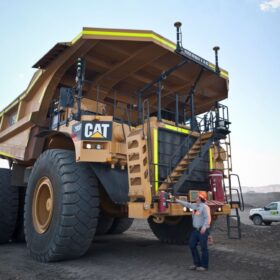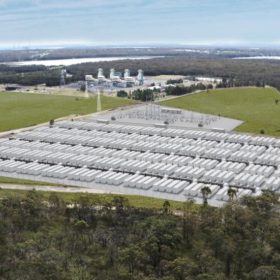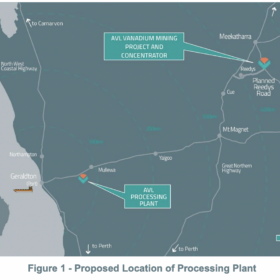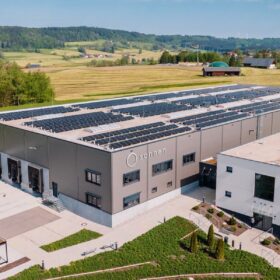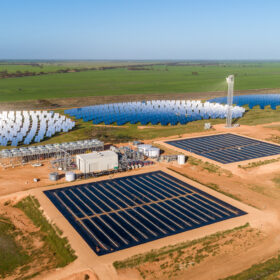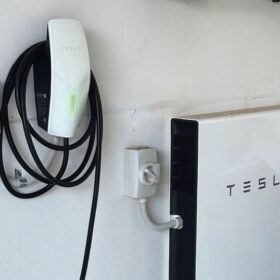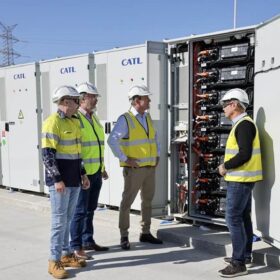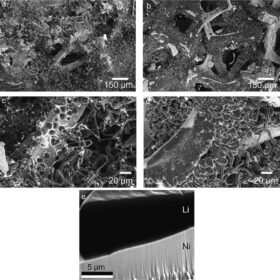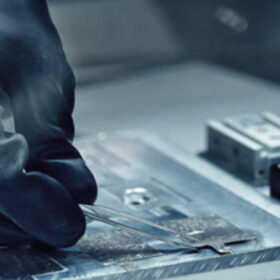Report exposes Australia’s biggest fossil fuel subsidy and how mining industry could be better served
A new report by Climate Energy Finance has revealed Australia’s diesel Fuel Tax Credit Scheme disincentivises growth in future industries and will cost taxpayers $37 billion (USD 23.8b) in lost tax revenue by 2030. The report also illustrates how capping these rebates represents a multifaceted advantage for Australian manufacturing of low and zero-emission mining vehicles.
Thermal storage company approved to build renewable and agriculture precinct in central NSW
Australian thermal storage company, Graphite Energy, has received development approval for a $29 million (USD 18.6 million) sustainable energy precinct in Lake Cargelligo, in the mid-west of New South Wales.
Engineer report finds investment, not technology, is hamstringing Australia’s decarbonisation
A short report explaining upcoming challenges and solutions to electricity security has been published by the Australian Academy of Technology Sciences and Engineering (ATSE). The report calls for more investment to meet government targets and to keep consumer prices down.
Australian Vanadium secures new land agreement, plugs towards delayed vision
Western Australian company Australian Vanadium Limited (AVL) seems to be fairly delayed in realising its vanadium mine and processing plant vision in Western Australia. Nonetheless, the company has signed a new option agreement to purchase land for its processing plant near Geraldton.
Shell looking to sell Sonnen
Shell, which acquired Sonnen four years ago, is now actively seeking a majority shareholder for the Germany storage system specialist.
Photon approaches FID with RayGen plant in South Australia
Dutch company Photon Energy is developing a project with 200 MW of solar coupled with 115 MW and up to 24 hours of thermal storage in Yadnarie using RayGen technology. Photon Energy hopes to reach a final investment decision (FID) on the Yadnarie project on South Australia’s Eyre Peninsula by about the middle of next year.
Weekend read: the case for batteries Down Under
Australian residential power prices have surged up to 25% this year. With solar rooftops booming as a result, Nikhil Jayaraj, managing director of Regen Power, looks at whether home batteries will keep pace.
WA, Indonesia strengthen ties around critical minerals
Western Australia has signed an agreement to bolster its relationship with Indonesia around critical minerals and clean energy manufacturing – with both regions among the world’s leading producers for particular minerals.
Anode-less redox flow batteries capable of fast cycling
Researchers in the US have demonstrated that replacing the planar lithium anode in a redox mediated lithium-sulfur redox flow battery with a high surface area scaffold enables 10 times faster cycling, up to 10 mA cm−2, without short circuit or voltage instability.
The case for hard carbon-based sodium-ion batteries
Researchers in China have summarised the technical issues hindering the development of hard carbon, which is regarded as the most promising anode for high-performance, commercial sodium-ion batteries.
